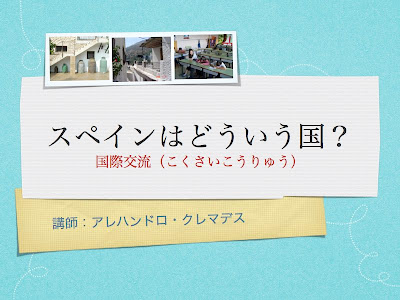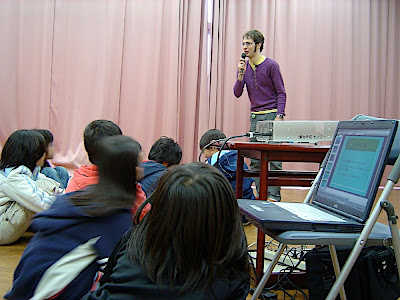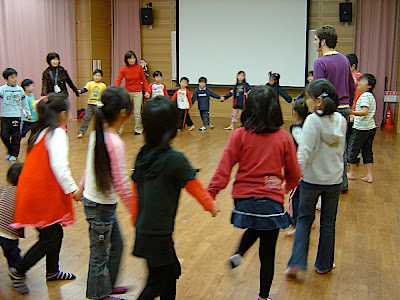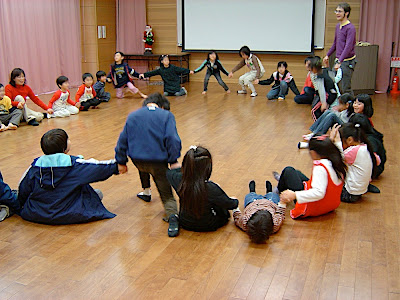Hace tiempo que no ponía nada de 5.0, el programa de radio en el que participo, pero porque no funcionaba el podcast (sigo saliendo casi todas las semanas). El podcast ya está con nosotros otra vez, y aquí tenéis el programa del 13 de noviembre. Hablé de los aviones y aeropuertos en Japón. Podéis escucharlo aquí mismo o descargarlo a vuestro ordenador.
出演しているスペインのラジオ番組の 5.0については最近何も公開していなかったけど、今でもほぼ毎週出ている。ポッドキャストが復活したということで、11月13日の番組をどうぞ。テーマは日本の空港と飛行機。この下で聞くことが出来るし、パソコンに落とすことも出来る。
I’m on air almost every week on 5.0, a Spanish radio program, but the podcast has been down for a while. Now it’s back online and this is the program for November 13. The theme was: planes and airports in Japan. You can listen to it right here, or download it to your computer.

[audio:http://www.rtve.es/files/72-58522-AUDIO/13-11-2007-CincoCero.mp3]
(Descargar / ダウンロード / Download)




